Steel buildings offer significant advantages when it comes to withstanding severe weather conditions. Their inherent strength and durability make them an ideal choice for areas prone to hurricanes, tornadoes, earthquakes, heavy snow loads, and other extreme weather events. In this article, we will explore why steel buildings are better equipped to handle severe weather and provide enhanced protection for both people and property.
Structural Integrity and Strength: Steel is renowned for its exceptional strength and structural integrity. Unlike wood, steel does not warp, rot, or decay when exposed to moisture or extreme temperatures. Steel structures are designed and engineered to withstand high winds, ensuring they remain standing even in hurricane-prone regions. The high tensile strength of steel enables it to bear heavy loads and resist the impact of flying debris during storms. This structural resilience translates into enhanced safety for occupants and reduced risk of structural damage.
Resistance to Fire: One of the most significant advantages of steel buildings in severe weather is their fire resistance. Steel is a non-combustible material that does not contribute to the spread or intensity of fires. In contrast, wood is highly combustible and can fuel the flames, leading to rapid structural failure. In areas susceptible to wildfires or industrial fires, steel buildings provide a higher level of protection, minimizing the risk of structural collapse and improving the safety of occupants.
Wind and Hurricane Resistance: Steel buildings are engineered to withstand high winds, including those generated by hurricanes and tornadoes. Steel framing and connections are designed to distribute and dissipate wind loads, preventing concentrated stress points that can lead to failure. Additionally, steel roof and wall panels are securely fastened to the steel frame, reducing the risk of wind uplift and panel detachment. Steel buildings also have the advantage of being aerodynamic, which helps to minimize wind resistance and further improve their ability to withstand powerful storms.
Earthquake Resilience: Steel buildings exhibit excellent performance during earthquakes due to their inherent flexibility and ductility. The flexibility of steel allows it to absorb and dissipate seismic energy, reducing the strain on the building’s structural components. Steel’s ductility enables it to bend and flex without breaking, enhancing the building’s ability to withstand ground motion and seismic forces. Steel structures can be designed to meet specific seismic codes and regulations, ensuring optimal safety in earthquake-prone regions.
Snow Load Capacity: In areas with heavy snowfall, steel buildings have a distinct advantage over wood structures. Steel’s high strength-to-weight ratio allows for the construction of wider clear spans, minimizing the need for interior support columns. This design flexibility enables efficient snow shedding, reducing the risk of snow accumulation and potential roof collapse. Steel roof systems can be engineered to support heavier snow loads, ensuring the integrity and safety of the building in regions with harsh winter conditions.
Resistance to Mold, Pests, and Decay: Unlike wood, steel is not susceptible to mold growth, termite infestation, or rot. This makes steel buildings particularly advantageous in humid or damp climates where wood structures may be prone to moisture-related issues. Steel’s resistance to decay ensures that the building’s structural integrity remains intact, reducing maintenance and repair costs over time.
Quick Construction and Minimal Disruption: Steel buildings are often pre-engineered and fabricated off-site, allowing for faster construction timelines and reduced on-site labor requirements. This can be especially beneficial in areas prone to severe weather, as it minimizes the duration of exposure to potentially hazardous conditions. The precision manufacturing of steel components ensures a seamless assembly process, reducing the chances of errors or delays. This efficient construction method allows for quicker occupancy and minimizes disruption to ongoing operations.
Longevity and Low Maintenance: Steel buildings have a longer lifespan compared to wood structures. Steel is highly durable, corrosion-resistant, and does not require regular maintenance to the same extent as wood. With minimal upkeep, steel buildings can retain their appearance and structural integrity for many years, resulting in lower long-term maintenance costs.
Steel buildings offer significant advantages in severe weather conditions, including high wind resistance, fire resistance, earthquake resilience, snow load capacity, and durability against decay, pests, and mold. The inherent strength and structural integrity of steel, combined with its design flexibility and quick construction, make it a superior choice for areas prone to severe weather events. Investing in a steel building provides peace of mind, knowing that you have a reliable, safe, and long-lasting structure that can withstand the elements and protect both people and property.

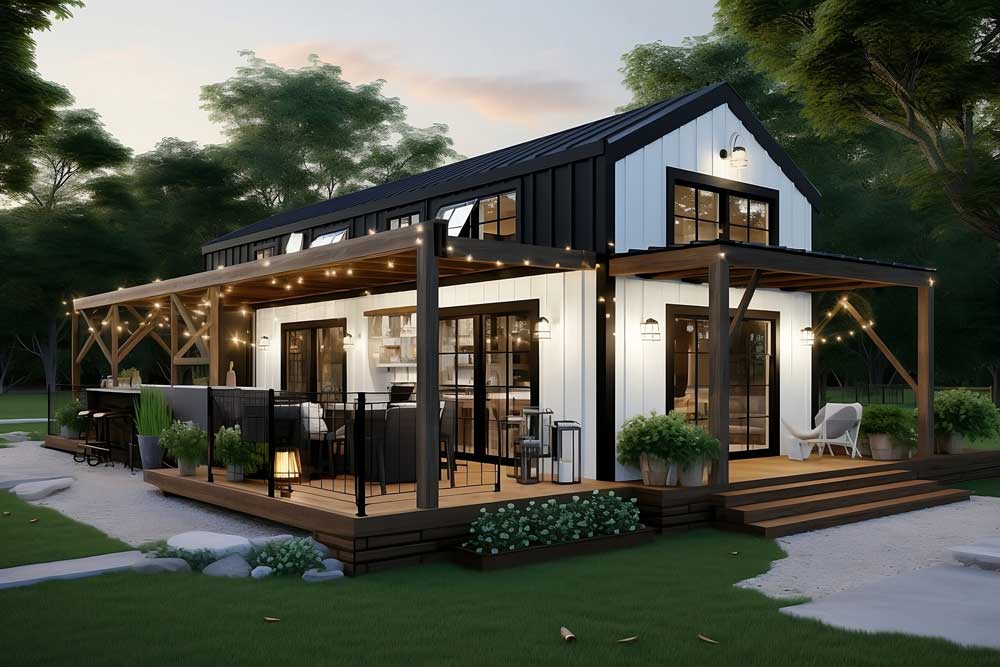
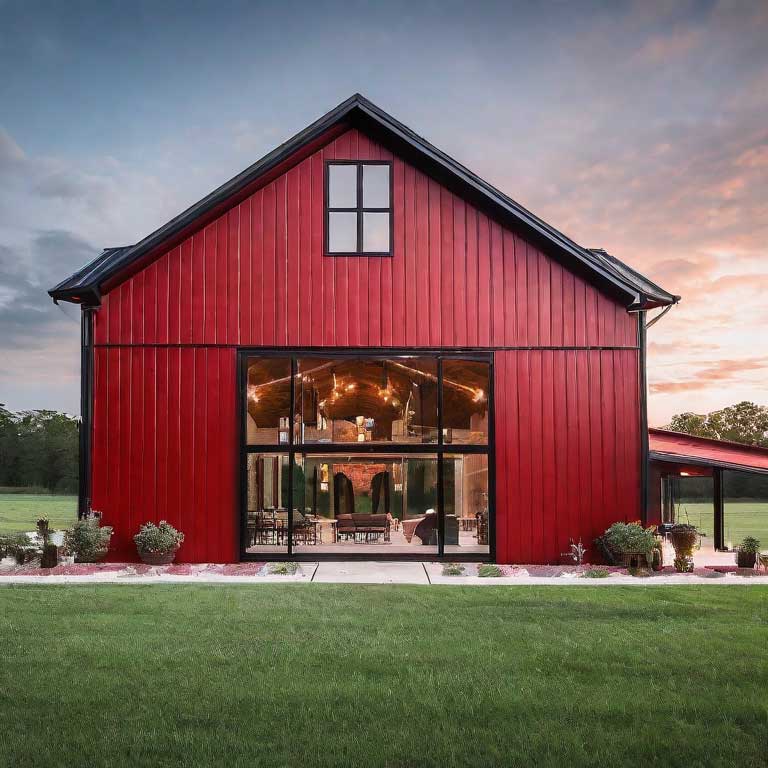
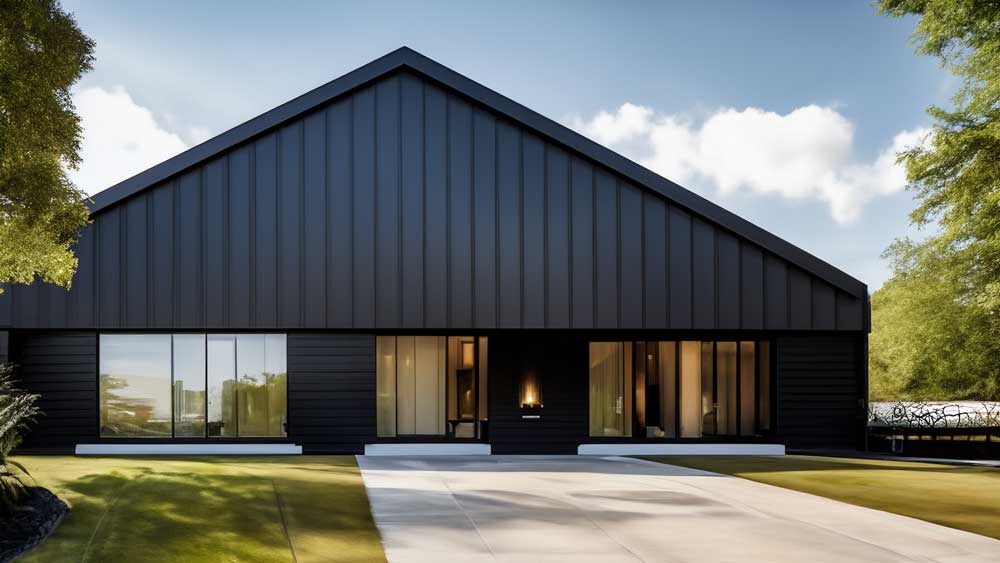
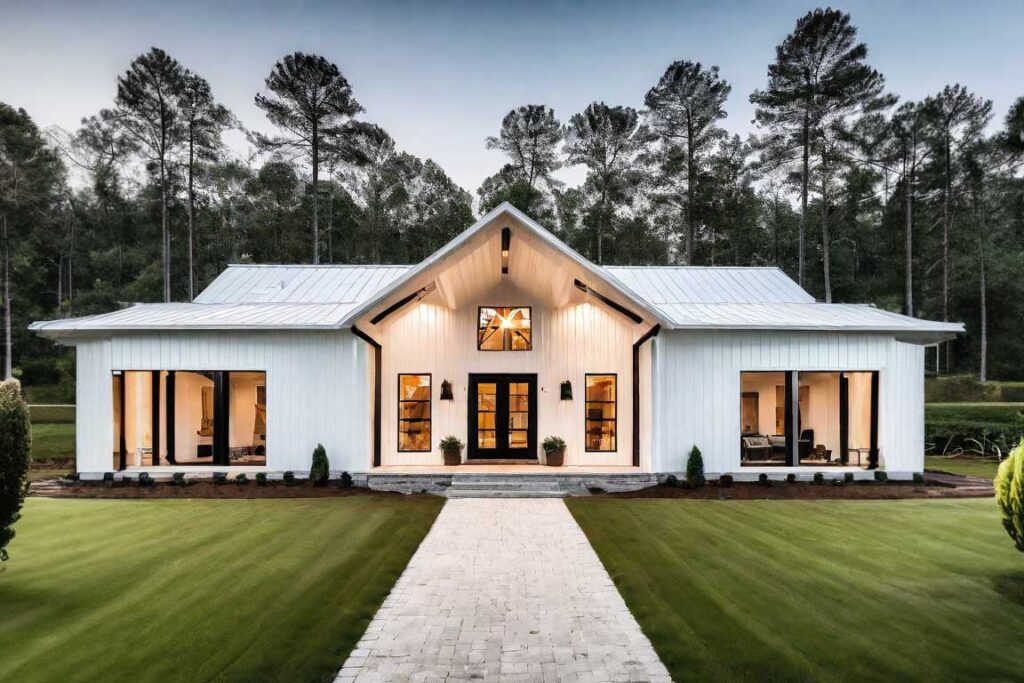

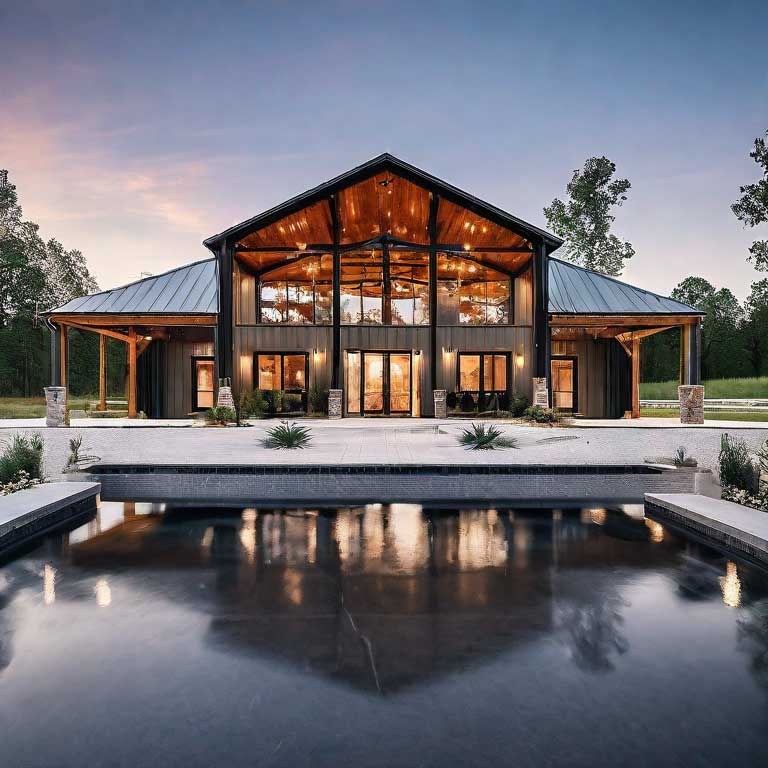
barndominium guide metal building pole barns steel barndominium steel building steel pole barns tube steel tube steel buildings